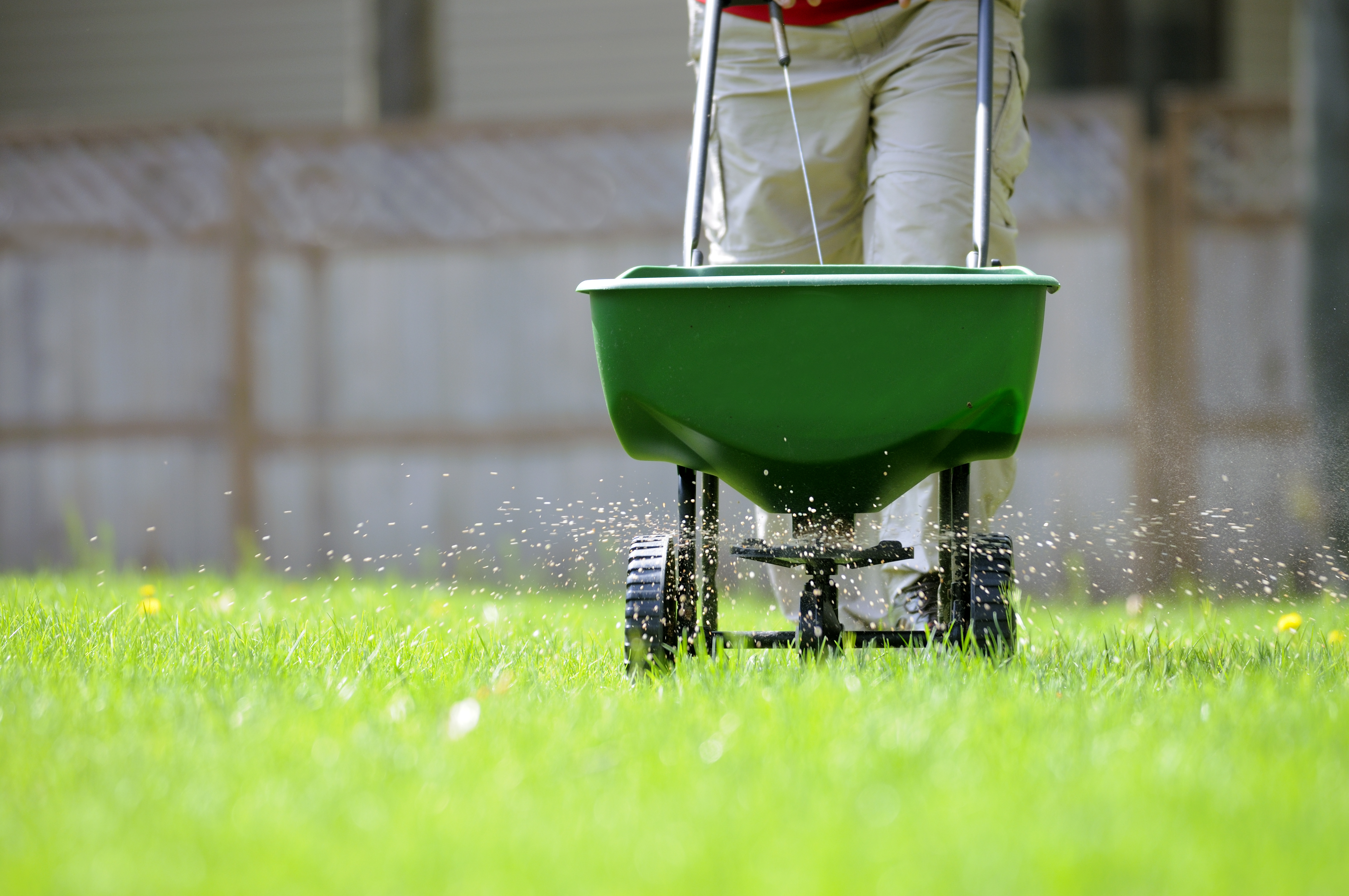
Get matched with top lawn fertilization and treatment specialists in Bryant, SD
Enter your ZIP and get matched with up to 5 pros
Need a pro for your lawn fertilization and treatment project in Bryant, SD?
Verified Reviews for Lawn Fertilization And Treatment pros in Bryant, SD
*The Angi rating for Lawn Fertilization And Treatment companies in Bryant, SD is a rating based on verified reviews from our community of homeowners who have used these pros to meet their Lawn Fertilization And Treatment needs.
*The HomeAdvisor rating for Lawn Fertilization And Treatment companies in Bryant, SD is a rating based on verified reviews from our community of homeowners who have used these pros to meet their Lawn Fertilization And Treatment needs.
Last update on December 09, 2025
Find Lawn fertilization and treatment specialists in Bryant
The Bryant, SD homeowners’ guide to lawn fertilization and treatments
From average costs to expert advice, get all the answers you need to get your job done.
 •
•Discover the cost to fertilize your lawn, including average prices, key factors, and tips to help homeowners budget for a lush, healthy yard.
 •
•Discover average lawn aeration cost, key price factors, and tips to save. Get a clear estimate for your yard and learn how to choose between DIY and hiring a pro.
 •
•Get transparent power seeding cost info to learn what impacts pricing, how to save, and whether to DIY or hire a pro for your lawn’s best results.

When your grass keeps dying where a tree used to be, it’s likely because there is a nutrient deficit in the soil in that area. Here’s how to fix it.

Brown patches on your lawn may occur for several reasons, including lack of sunlight and overfertilization. Learn how to treat and prevent patches.

Grass seeds thrive in soil rich in nutrients, but a potting mix will not support your grass’ long-term health. Find out which type of soil is best for grass.
- Aurora, SD Lawn fertilization and treatment specialists
- Madison, SD Lawn fertilization and treatment specialists
- Hendricks, MN Lawn fertilization and treatment specialists
- Colman, SD Lawn fertilization and treatment specialists
- Canby, MN Lawn fertilization and treatment specialists
- Flandreau, SD Lawn fertilization and treatment specialists
- Roofing in Bryant
- Siding in Bryant
- Plumbing in Bryant
- Carpet Cleaning in Bryant
- Moving in Bryant
- Flooring in Bryant
- Upholstery Cleaning in Bryant
- Roofing in Bryant
- Plumbing in Bryant
- Tree Service in Bryant
- Kitchen And Bath Remodeling in Bryant
- Electrical in Bryant
- Concrete Repair in Bryant
- Exterior Painting in Bryant
- Windows in Bryant
- Landscaping in Bryant
- Lawn And Yard Work in Bryant
- Siding in Bryant
- Fencing in Bryant
- Flooring in Bryant
- Garage Doors in Bryant
- Home Builders in Bryant
- Foundation Repair in Bryant
- Doors in Bryant
- Concrete Driveways in Bryant
- Insulation in Bryant
- Epoxy Flooring in Bryant
- Drywall in Bryant
- Handyman Service in Bryant
- Garage Builders in Bryant
- 🌱 "Mow a small front yard"
- 🛠 "Fix a leaking pipe under the sink"
- 🏠 "Repair shingles on an asphalt roof"



